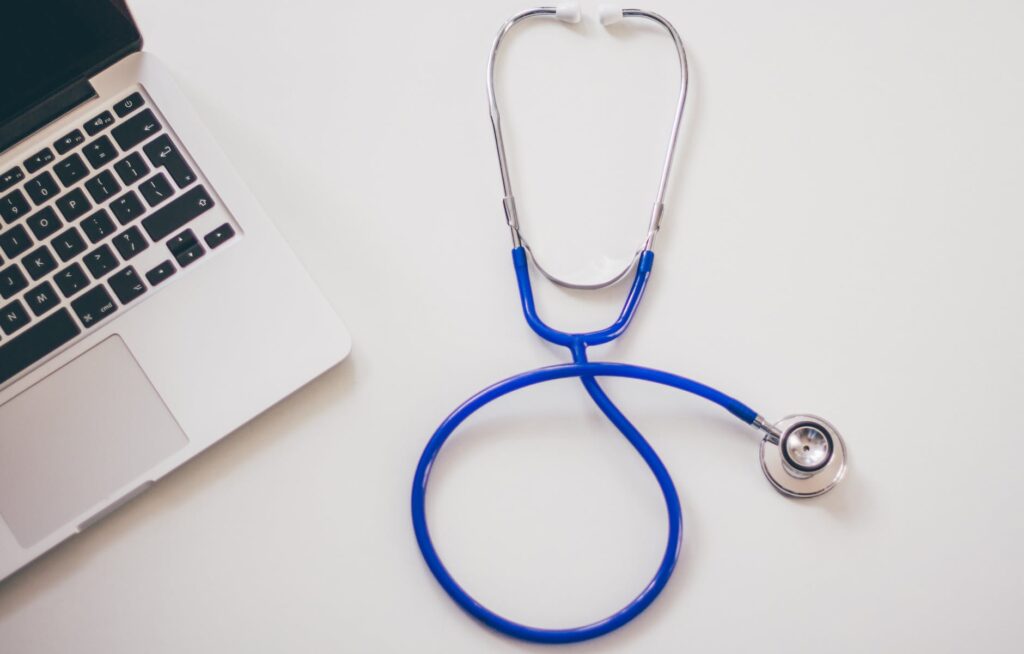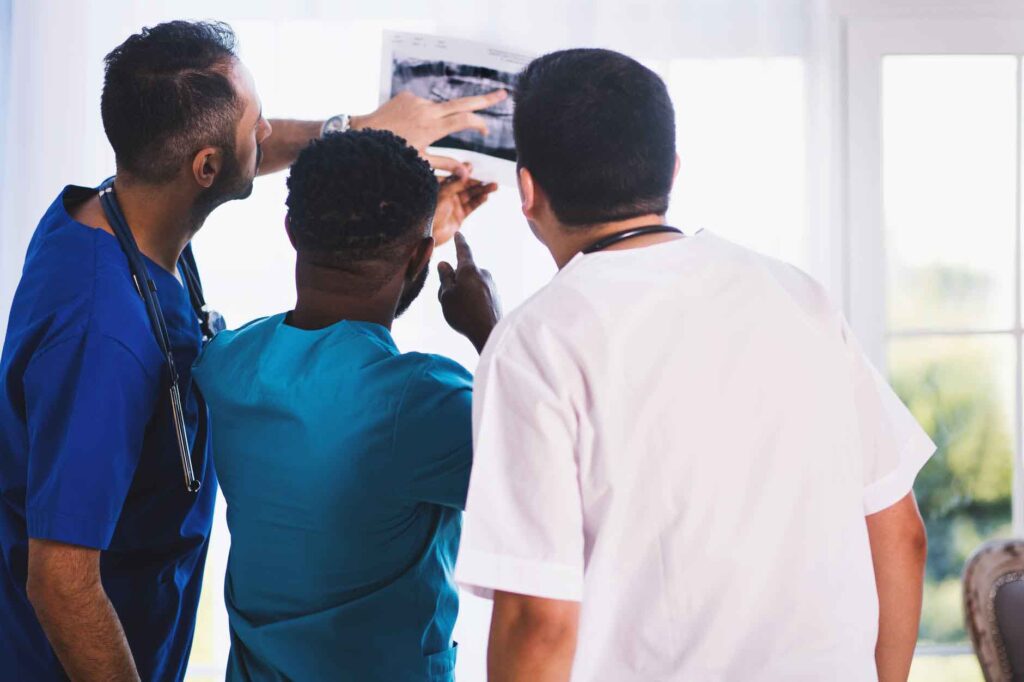Two focuses of my blog are Health and Wellness and Technology. Technology has significantly changed healthcare from what it used to be. For patients, healthcare practitioners and even investors, it’s important to understand these. The following contributed post is entitled, 6 Ways Has Technology Has Improved Healthcare.
* * *
Technology continues to improve every day, so much so, it can be hard to keep up with it. Many of these technological advancements are within healthcare. Without access to this new technology, our lives would be completely different. It is making it easier for doctors to give patients diagnoses, reducing the length of procedures, and helping people to live longer. Below are several ways that technology has helped, and continues to help, improve healthcare:

Access to information
The information that ordinary people can get access to has increased due to the internet. Instead of visiting your doctor for every issue, you may be able to find treatments and advice about minor illnesses and injuries online. It is not something that should replace going to the doctor altogether, but it allows patients to take control of their health. You may be able to follow the advice that you find online, and then if your symptoms do not get any better, visit the doctor. The internet is also a useful tool for doctors and other medical professionals. If there is something they aren’t sure about, or they want to know more about, they can take the time to research it online.
3D Printing
3D printing is becoming more and more useful in healthcare. It can be used for many things, including implants, prosthetics and even synthetic skin.
Using 3D printing for prosthetics is great because it provides a low-cost prosthetic option for those who need it. Traditionally, making prosthetics is something that can be very expensive because they have to be made specifically for an individual. With 3D printing, it can be personalised to the individual for a fraction of the cost, in a fraction of the time.
3D printing is something that is going to continue to develop and revolutionise many different aspects of healthcare.
Less invasive procedures
As technology has advanced, there have been significant developments made to surgery and other medical procedures which have made them less invasive. In the past, having surgery would have come with high risks and long recovery times, but now in many cases, the opposite is true. There are now procedures that can be completed with keyhole surgery or laser treatments. They are much lower risk, and the recovery times can be reduced significantly.
More accountability and efficiency
The advent of electronic databases means that your medical history and records can be easily accessed by a medical professional that needs to treat you. They will be able to see the results of any tests you have had in the past, illnesses or injuries you have been diagnosed with, and any medication you have been on. It is much more efficient than receptionists having to search through tons of files to get your notes. This electronic database also allows for greater accountability on behalf of the medical professional. Everything must be adequately documented and ailments properly dealt with so that there are no cases of malpractice. If someone needs to investigate any malpractice accusations, it is easy to do with electronic medical record audit trails.

Improved detection methods
All the tests that are used in healthcare provide so much information that it is now easier than ever to diagnose exactly what the issue is and find the best solution to fix it. Medical professionals have access to x-rays, ultrasounds, MRI’s and other imaging devices that can help them to see what is going on inside the body. Many can help to detect problems earlier than other methods, so treatments can be given to prevent issues from getting worse, or with more success and less risk.
Access to wearable technology
If patients visit a doctor with a condition that needs to be monitored, many can now be monitored from home. If a patient has a suspected heart condition, and they need more information that an EKG can give them, they may be asked to wear a small device that will monitor their heart’s activity over a certain period of time. During this time, the wearer can go about their normal, everyday routine while still having their heart rate and rhythm monitored.
There are even watches that people can buy to monitor their health and fitness and encourage them to be more proactive about their health. Many will record the number of steps that you do everyday and detect how active you are by monitoring your heart rate. Some can even monitor your sleep. Knowing this information can help people to make positive decisions for their health.
